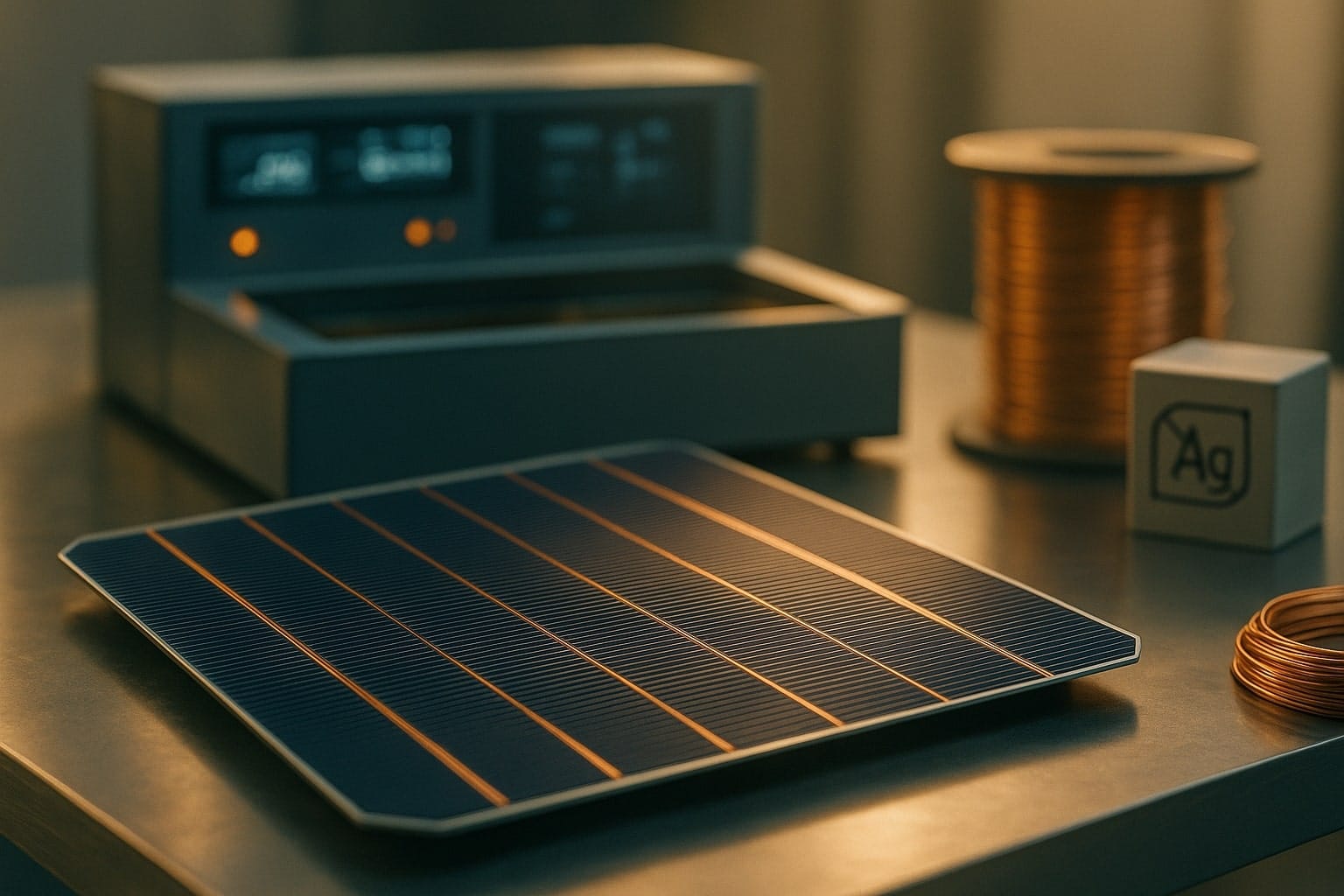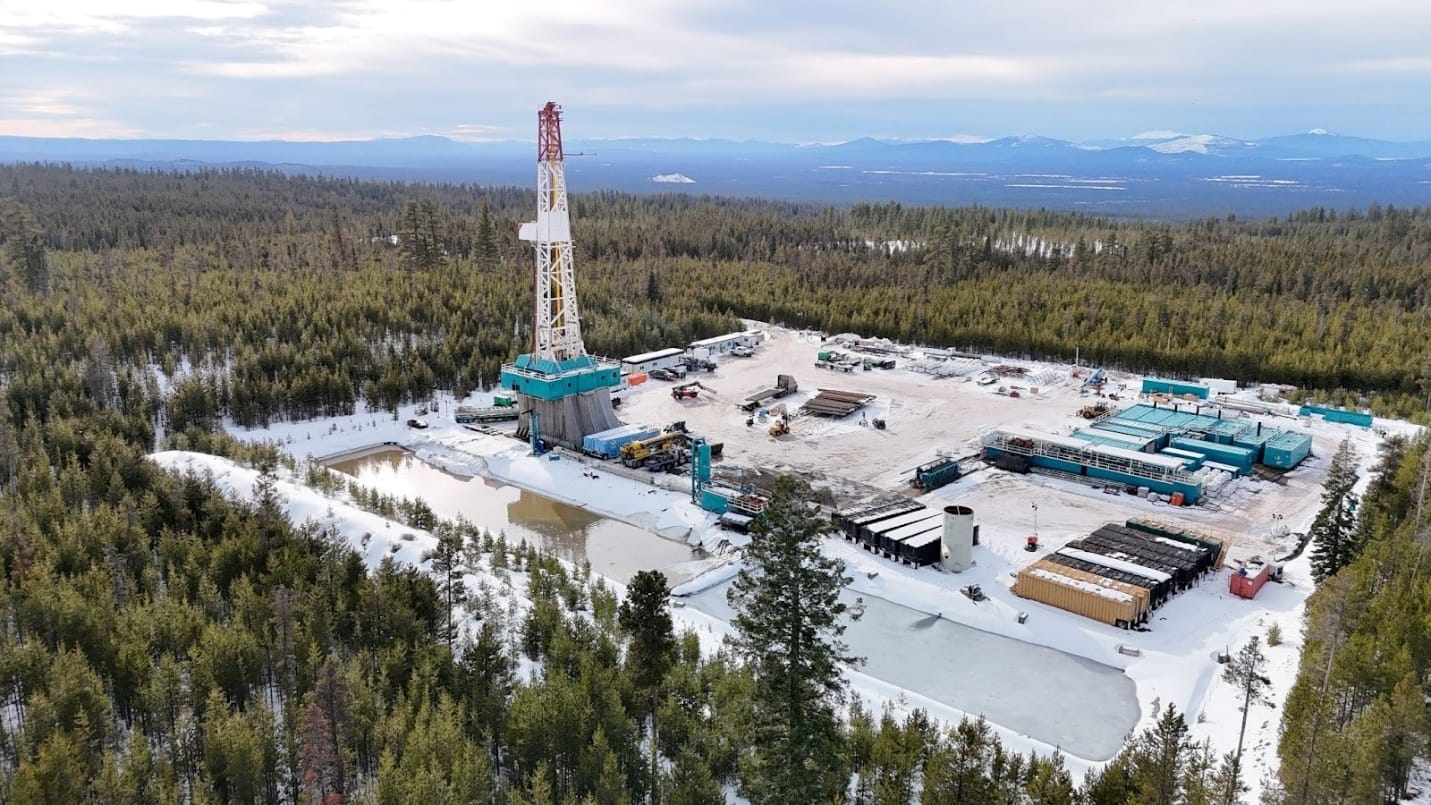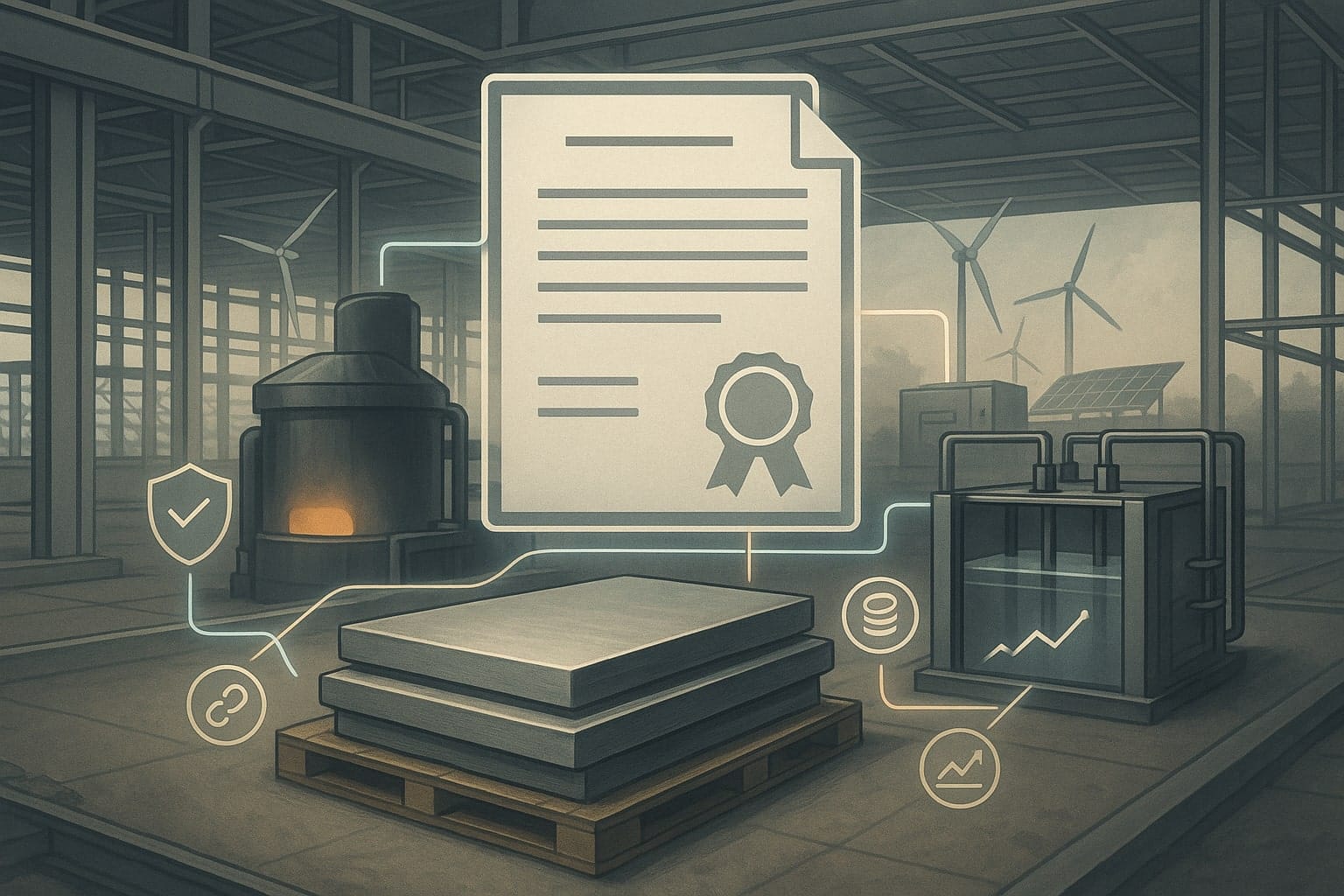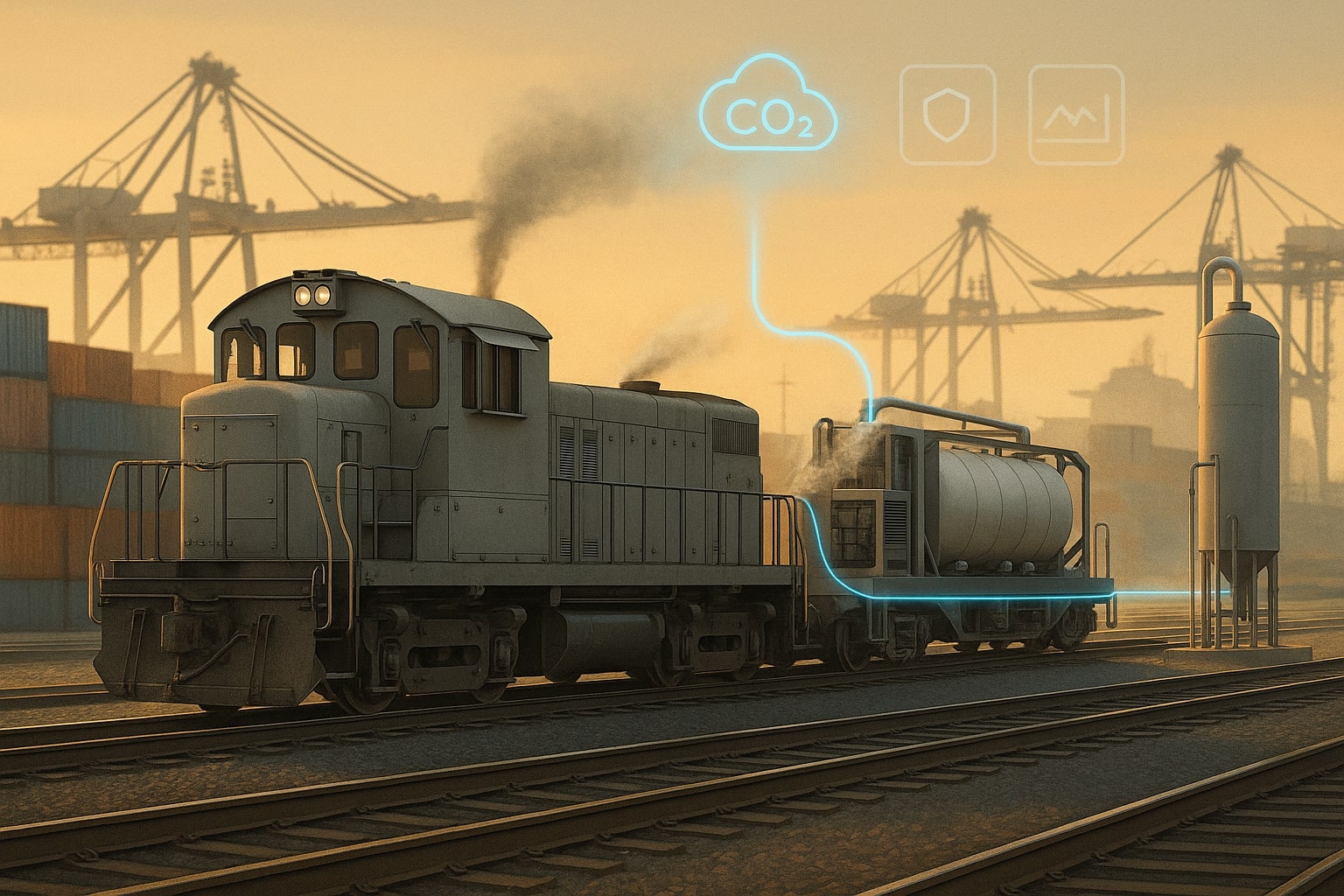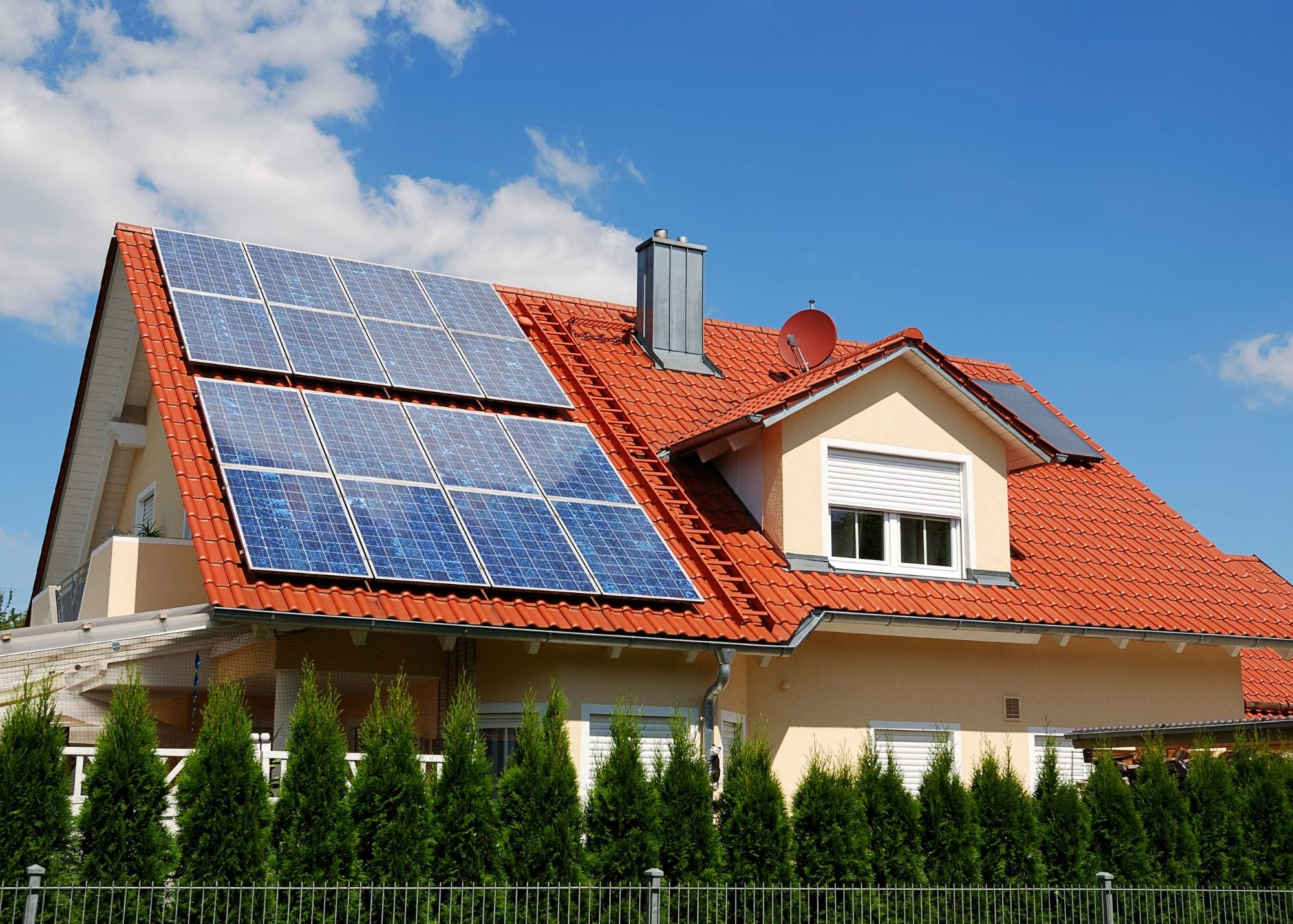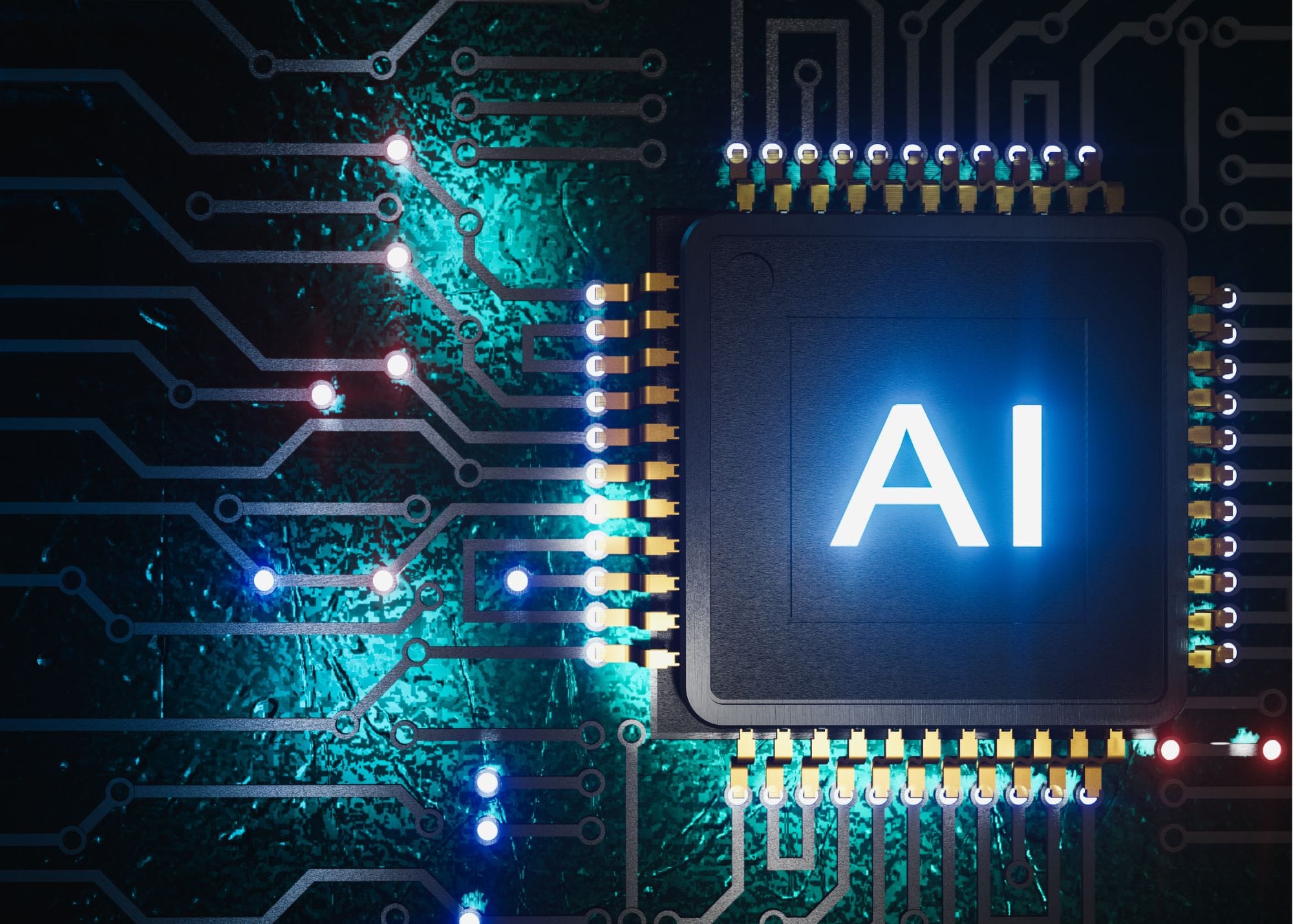The integration of photovoltaic (PV) technology into greenhouse structures has emerged as a promising solution to enhance energy efficiency and sustainability in agriculture. By incorporating transparent solar windows, greenhouses can generate electricity while maintaining optimal conditions for plant growth. Recent studies have demonstrated that these innovative windows can significantly reduce energy consumption and water usage in greenhouse environments.
Table of Contents
ToggleTechnology Overview
Photovoltaic windows are designed to allow sunlight to pass through while converting a portion of it into electricity. This is achieved through the use of transparent solar cells embedded within the window panes. In greenhouse applications, these windows are strategically installed on roofs and walls to maximize sunlight exposure. The generated electricity can power various greenhouse systems, including lighting, heating, and irrigation, thereby reducing reliance on external energy sources.
Energy and Water Savings
A comprehensive study conducted by researchers from Murdoch University and ClearVue Technologies evaluated the performance of high-transparency PV windows in a greenhouse setting. The findings revealed that the solar greenhouse achieved a 57% reduction in energy consumption compared to conventional greenhouses. Additionally, water usage was reduced by 29%, highlighting the dual benefits of energy and water conservation. These results underscore the potential of photovoltaic windows to enhance the sustainability of greenhouse operations.
The study also noted that the solar greenhouse maintained consistent energy production throughout varying weather conditions, including rainy days. This stability is attributed to the design of the PV windows, which effectively capture and convert sunlight even under less optimal conditions. The integration of these windows not only contributes to energy savings but also supports the cultivation of a diverse range of crops by providing a controlled environment.
These findings are consistent with earlier research conducted by the National Renewable Energy Laboratory (NREL), which demonstrated that photovoltaic windows could reduce energy use and CO₂ emissions by up to 40% in highly glazed buildings. This highlights the broader applicability of PV window technology in enhancing energy efficiency across various building types.
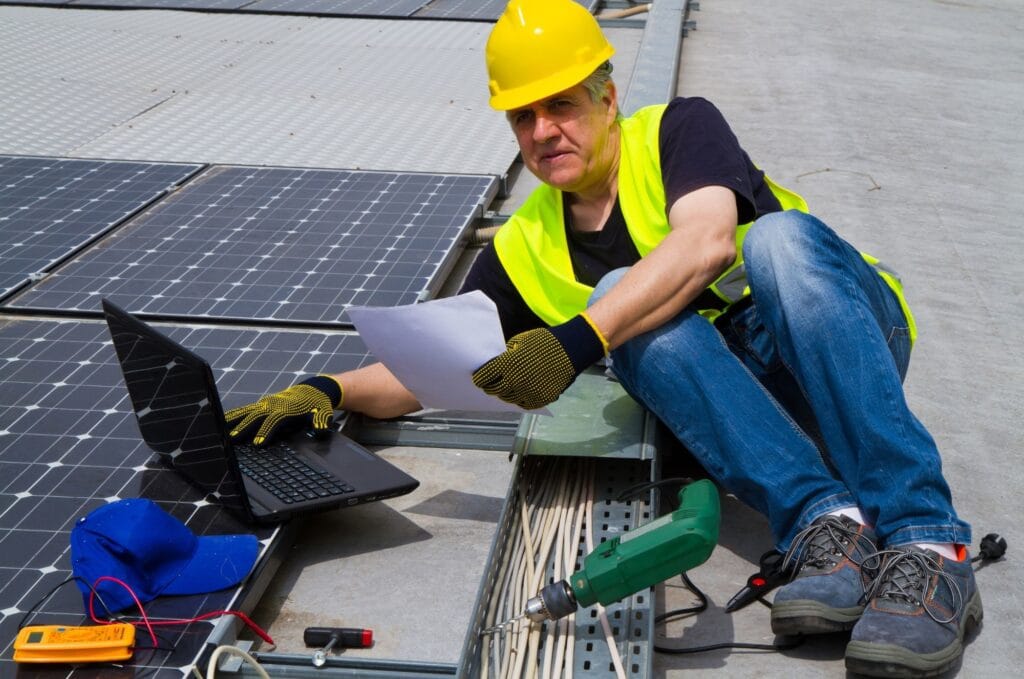
Environmental Impact
Integrating photovoltaic (PV) windows into greenhouse structures offers significant environmental benefits. By generating electricity on-site, these windows reduce the need for external energy sources, thereby decreasing greenhouse gas emissions associated with energy production. For instance, a study on building-integrated photovoltaics (BIPV) demonstrated that such systems could cut energy use and CO₂ emissions by up to 40% in highly glazed buildings.
Moreover, the use of PV windows can mitigate the urban heat island effect by reflecting solar radiation, leading to cooler building surfaces and reduced energy consumption for cooling. This contributes to a more sustainable urban environment by lowering overall energy demand and associated emissions.
Future Outlook
The future of photovoltaic windows in greenhouse farming appears promising. Advancements in materials science are leading to the development of high-transparency PV windows that allow sufficient light for plant growth while generating electricity. For example, ClearVue Technologies has developed solar windows with visible light transmission of up to 70%, enabling energy generation without compromising plant health.
Looking ahead, the integration of PV windows into greenhouse designs is expected to become more widespread, driven by the need for sustainable agricultural practices and renewable energy solutions. Ongoing research and development are focused on enhancing the efficiency and affordability of these technologies, making them more accessible to farmers worldwide. Additionally, the potential for combining PV windows with other technologies, such as smart glazing and energy storage systems, could further optimize energy use in greenhouses, leading to more resilient and sustainable food production systems.
Conclusion
Photovoltaic windows represent a significant innovation in greenhouse technology, offering the dual benefits of energy generation and enhanced plant growth conditions. Studies have shown that integrating these windows can lead to substantial energy savings and environmental benefits. As research progresses and technology advances, the adoption of PV windows in greenhouse farming is poised to play a crucial role in sustainable agriculture and renewable energy integration.

